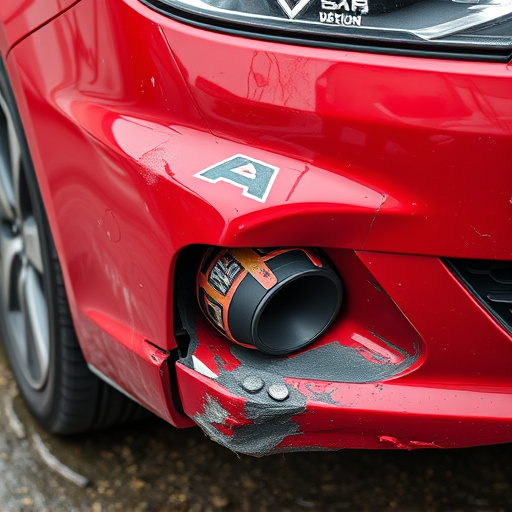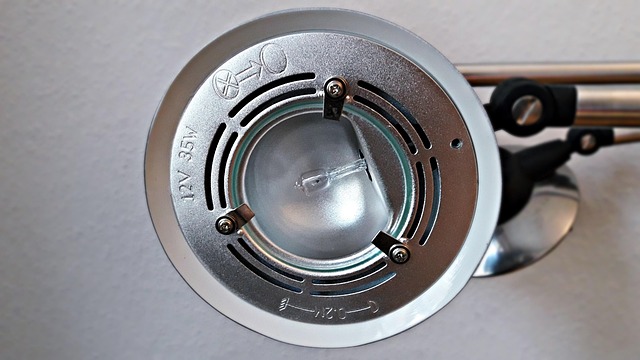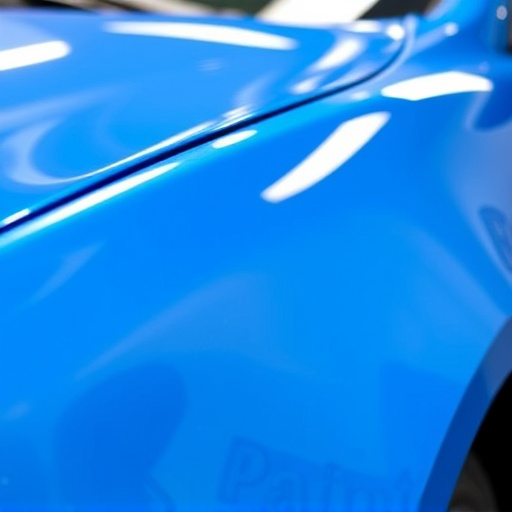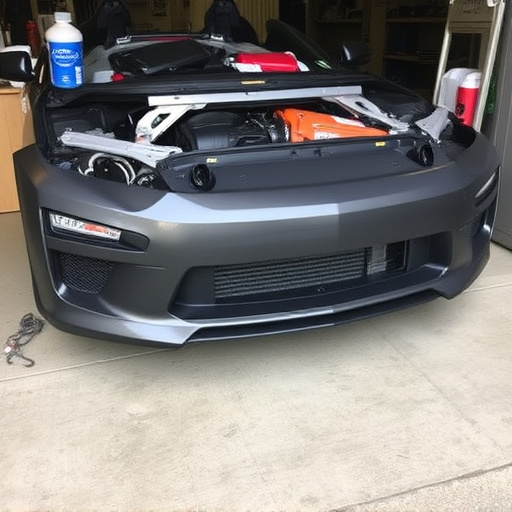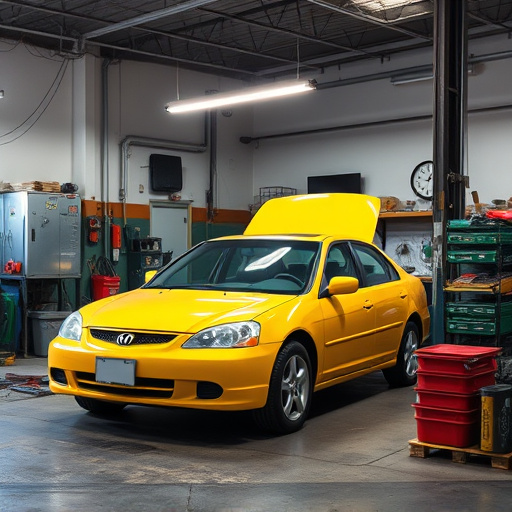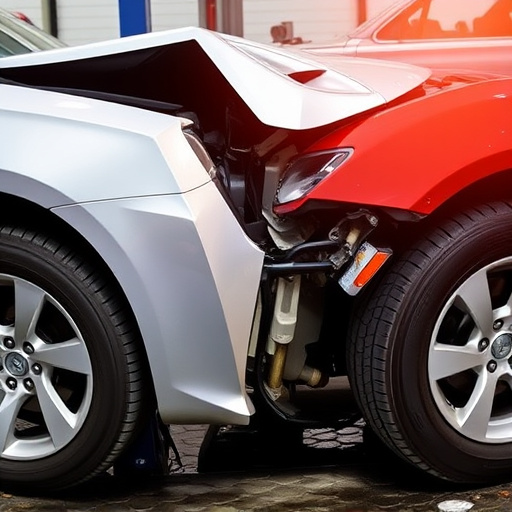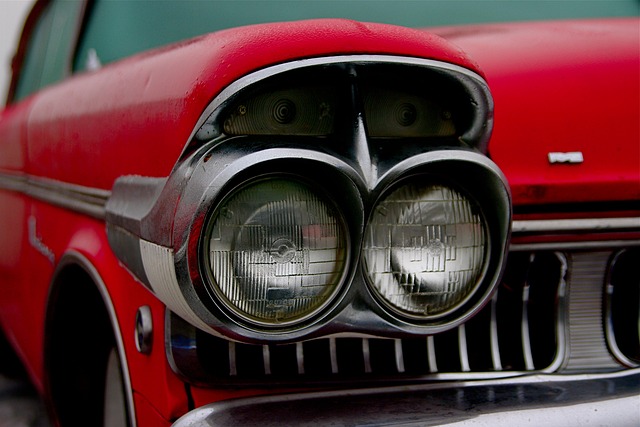Integrating OEM repair procedure access streamlines collision repairs, enhances productivity, and improves customer satisfaction by providing access to latest manufacturer manuals, tools, and updates. While compatibility challenges exist due to complex vehicle architectures, automated systems with AI and robotics offer potential for faster, more precise car dent and paint repairs, revolutionizing automotive industry through advanced technologies.
The future of automotive maintenance and repairs is here, driven by the integration of automated systems and Original Equipment Manufacturer (OEM) procedures. Understanding how to seamlessly access and utilize these critical repair guidelines is becoming a competitive advantage for service centers. This article delves into the concept of OEM repair procedure access integration, exploring both its benefits and challenges. We discuss strategies to overcome obstacles and offer insights into shaping a future where automated repairs enhance efficiency and customer satisfaction.
- Understanding OEM Repair Procedure Access Integration
- Challenges and Opportunities in Automated Repair Systems
- Shaping the Future: Strategies for Seamless Access Integration
Understanding OEM Repair Procedure Access Integration
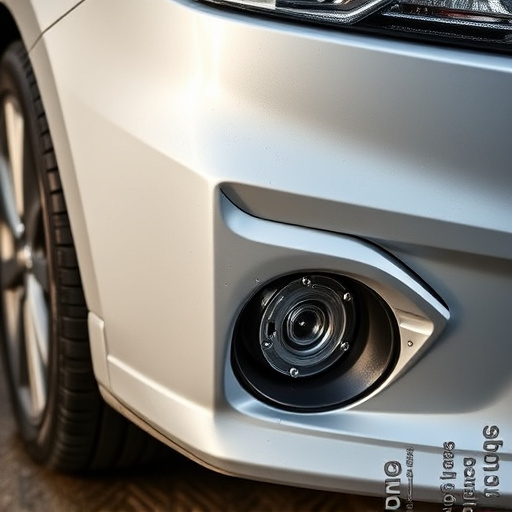
In the realm of modern vehicle maintenance, understanding OEM (Original Equipment Manufacturer) repair procedure access integration is paramount for collision repair shops and fleet repair services. This concept refers to the seamless alignment between a vehicle’s digital systems and the procedures used by repair professionals to ensure precise and efficient repairs. With advancements in automotive technology, repairing vehicles has evolved from manual processes to highly sophisticated electronic interactions. Therefore, integrating access to OEM repair procedures becomes crucial for keeping up with these changes, enabling shops and fleet services to provide high-quality, industry-compliant work.
By incorporating OEM repair procedure access, collision repair shops can streamline their operations, enhancing productivity and customer satisfaction. This integration allows technicians to access the latest digital manuals, diagnostic tools, and technical updates directly from the vehicle manufacturer. Consequently, it facilitates accurate troubleshooting, efficient parts replacement, and optimal performance restoration in both passenger vehicles and commercial fleets.
Challenges and Opportunities in Automated Repair Systems
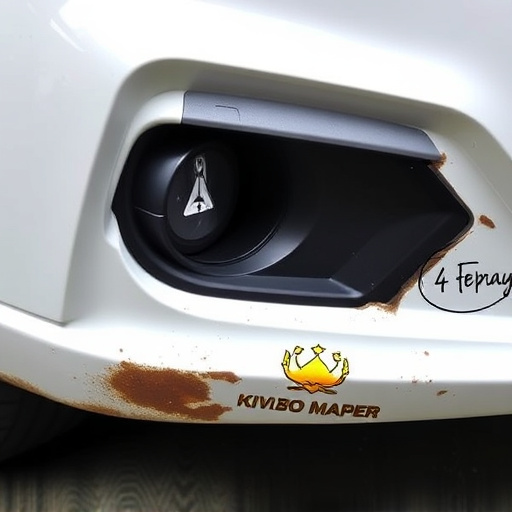
The integration of automated systems into Original Equipment Manufacturer (OEM) repair procedures presents a double-edged sword—a promising future for efficient and precise vehicle collision repair, yet it comes with unique challenges. One of the primary obstacles is ensuring compatibility between diverse automotive architectures and the latest technological advancements. As vehicles become increasingly complex, with advanced electronics and interconnected systems, developing automated solutions that cater to various makes and models without compromising accuracy can be daunting.
Despite these challenges, the opportunities for innovation are vast. Automated repair systems have the potential to streamline car dent removal processes, reduce human error, and minimize downtime. By leveraging artificial intelligence and robotic precision, these technologies can enhance productivity in both vehicle dent repair and OEM-specific procedures, ultimately leading to cost savings and improved customer satisfaction. The future of automated OEM repair procedure access integration lies in overcoming these technical hurdles and unlocking the full potential of efficient, safe, and standardized vehicle collision repair.
Shaping the Future: Strategies for Seamless Access Integration
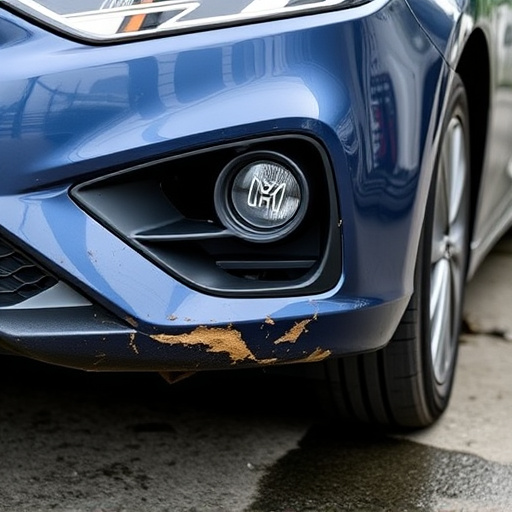
As we look ahead, the future of automated OEM (Original Equipment Manufacturer) repair procedure access integration is poised to transform the automotive industry. Shaping this evolution are advanced technologies like artificial intelligence and machine learning, which promise seamless and efficient access to repair information and procedures. By integrating these tools into body shop services and auto body repair processes, technicians can expect to streamline their work, enhancing productivity while ensuring precise car paint repairs.
This strategic shift is not just about convenience; it’s a game-changer for the entire ecosystem. It simplifies complex tasks in the workshop, reduces errors associated with manual data retrieval, and facilitates faster turnaround times. Moreover, the integration of these technologies promotes a more comprehensive approach to after-sales services, benefiting both consumers and automotive professionals alike. Ultimately, a well-executed OEM repair procedure access strategy can drive innovation in the sector, redefining what’s possible in modern car maintenance and repair.
The evolution of automated OEM repair procedure access integration is not just a technological advancement; it’s a transformative journey towards a more efficient, cost-effective, and reliable automotive industry. By overcoming current challenges, such as data compatibility and standardization, the future holds immense potential for seamless repairs. Strategizing with an integrated approach ensures that OEMs can streamline their processes, reduce downtime, and enhance customer satisfaction. As we navigate this digital transformation, a unified system for OEM repair procedure access will be key to staying competitive in the ever-changing automotive landscape.

